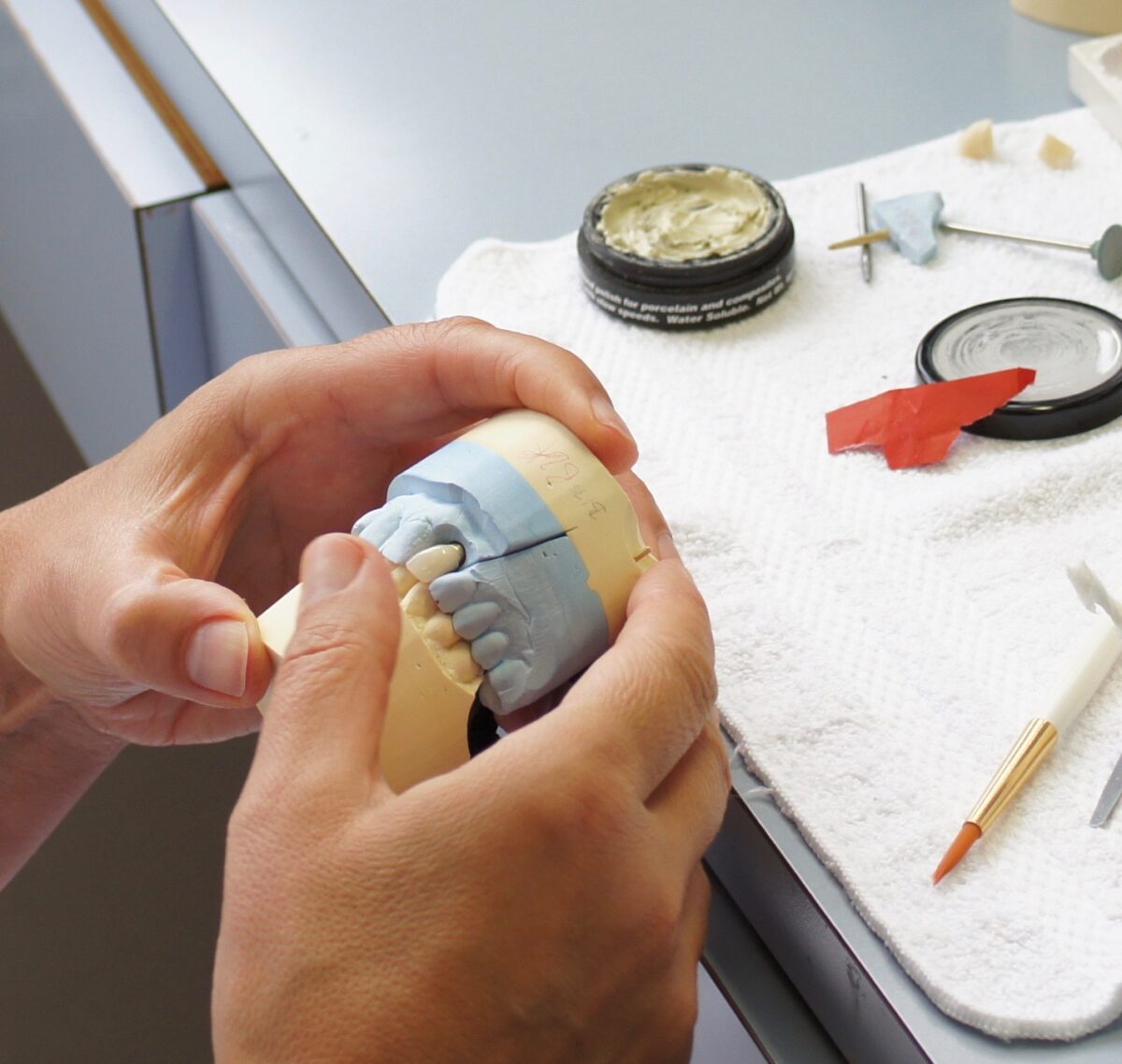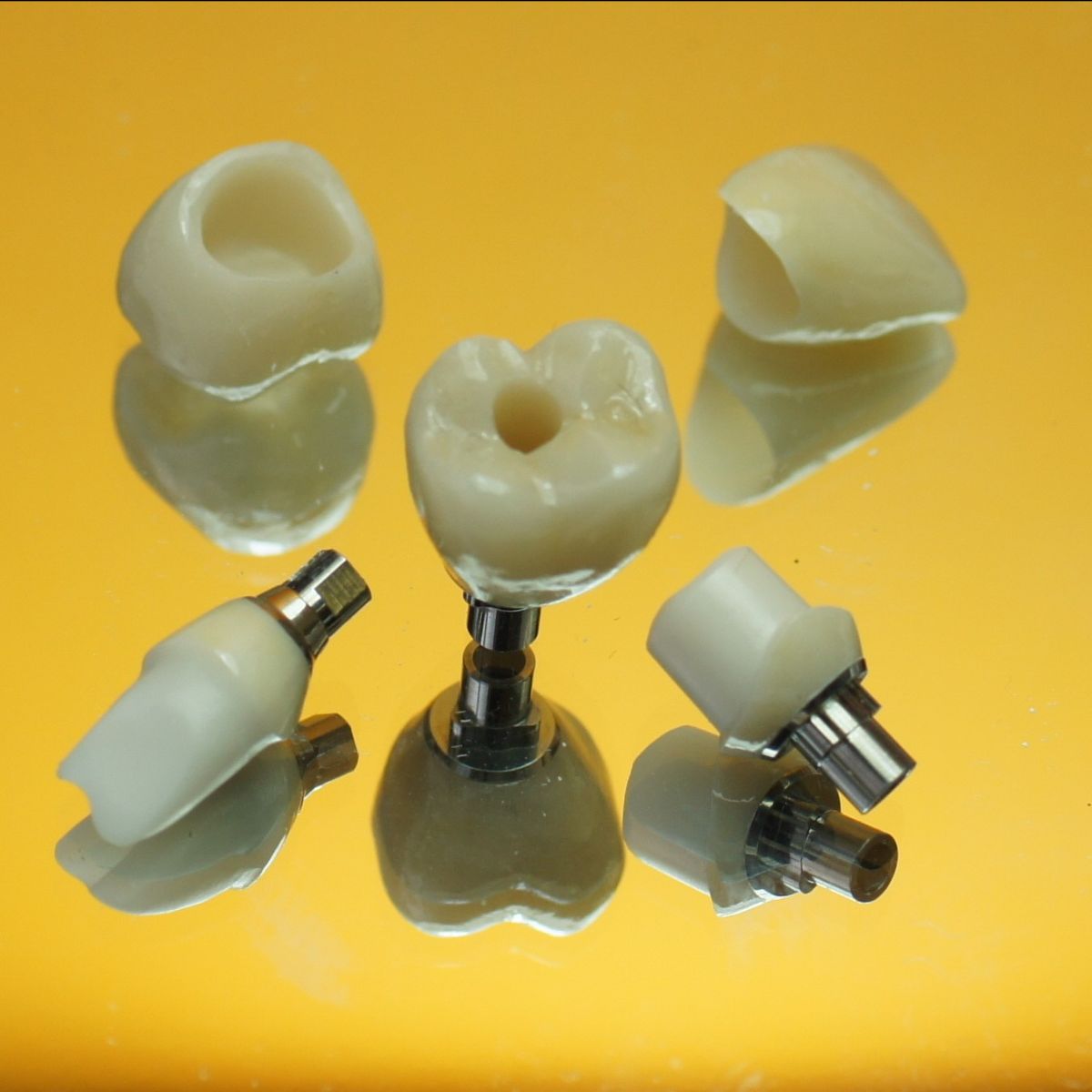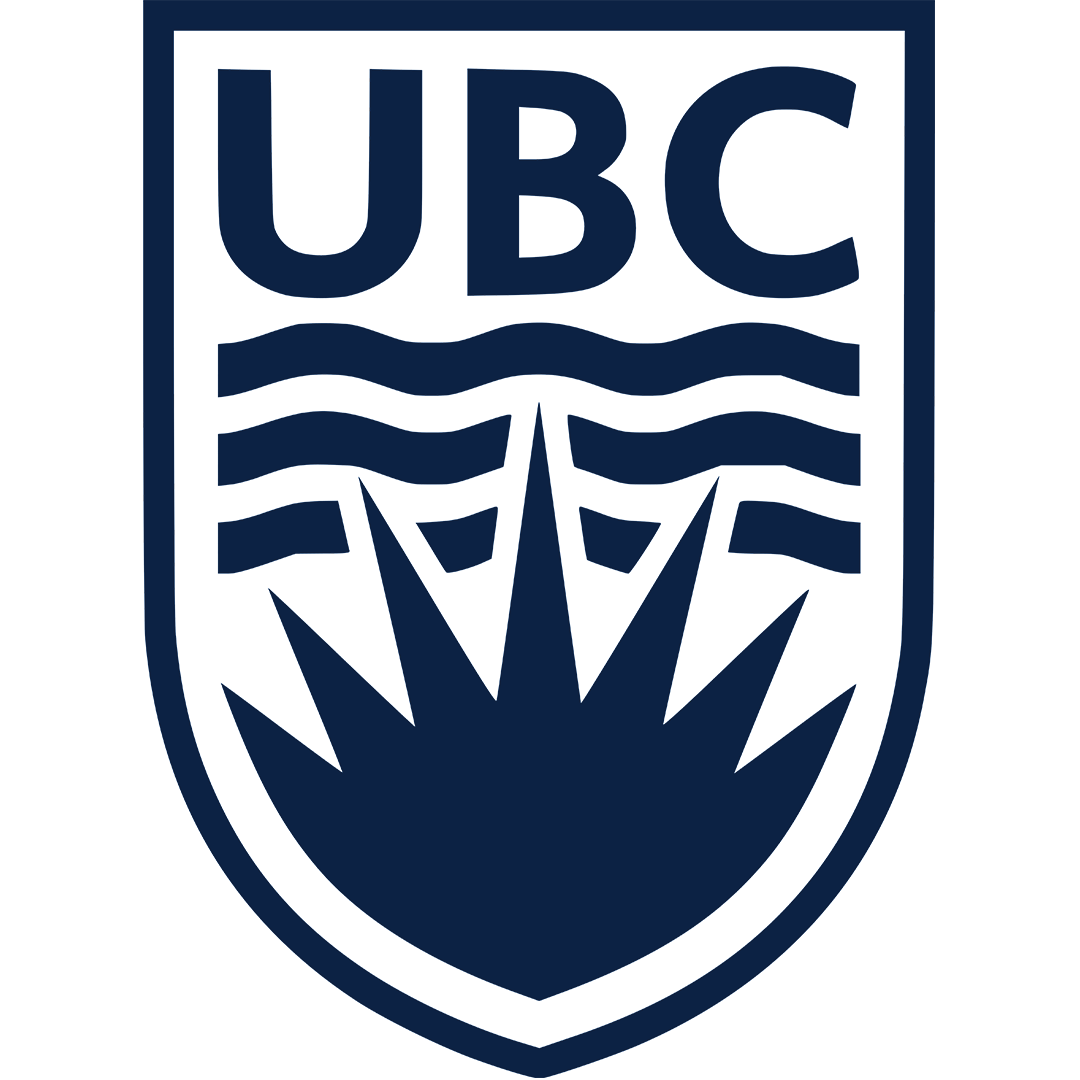April 7, 2021
When you were in dental school what advice were you given for your esthetic Prosth cases ?

“Communicate with the lab ” or something like that ?
What exactly does that involve ?
Well, lots actually. Please read on !
This months topic came about after a connecting with the UBC Dental Undergrads. It is a very important question.
How should an esthetic case/esthetically demanding case be communicated with your Laboratory?
Because we feel we are all ALWAYS learning in our industry and in various stages of practice within our careers, as well as integrating many different aspects of the
dental technologies currently available, this was worth sharing beyond just student body.
First the conversation has to happen. This could be during a new patient exam, a check up, they may bring it up with the hygienist or even receptionist. Perhaps you would just love to ask them !
I remember learning at course a good way to prompt your patient is by asking them if ,
” they had a magic wand and could change anything about their smile or teeth what would it be.”
There is your lead in.
Anyone in your team can ask this question, and SHOULD ask it.
Now you get to have some fun! And of course this is always the most rewarding and impactful work we can do. That goes for the lab technicians too!

Smile design time
GOOD photos, impressions, mounted study casts, wax up, digital models, digital wax up, digital articulation, smile design software. So many great ways to go about this.
Make sure you set expectations with your patient early on about outcome and a timeline as well!
Something life changing can not be rushed.
|
   
This is a repeat statement, however it impresses how very important it is to review expectations and outcome before embarking on this journey with your patient. Not all cases are straightforward, there may be structural limitations, the need to accept things like pink porcelain in an esthetic zone, perhaps their budget limits the number of restorations leaving an unfilled buccal corridor. Some times there is no way to achieve perfection.
Discuss it all ! And once accepted, it might be wise to have the patient sign their estimate and agree formally to the proposed treatment options accepted AND declined.
( share these thoughts with your lab as well/keep them in the loop)
|
|

WARNING !
You may get that patient who comes to you with a photo in hand (likely on their phone) and want to look like …..
I feel this is where the new smile design software’s can be so impactful in the planning phase to demonstrate what works and might not work.
OR
If they are a mature patient and are looking for their youthful appearance back, and bring along a photo of them of them when they were younger….like a wedding picture. Pulls your heart strings for sure!
But that is certainly a more reasonable goal than a Julia Roberts smile.
|
|
|
|
Here is an example of a workflow outline that has been used by Doctors I have worked with over the years. Do it digitally, analog, a bit of both. Either way it’s about creating predictability.
-
do a mock up of your wax up or digital design in the mouth
-
use this template for an omnivac or lab fabricated temps
-
do your tooth preparation and provisionals
-
have the patient wear provisionals for several weeks before having the lab start fabrication
-
confirm esthetics and phonetics – modify as needed, confirm
-
make a copy of the accepted provisionals for the lab
-
have the lab go ahead and make restorations
-
you could do a bisque bake try-in appointment ( using the phrase ‘try-in’ sets expectations that things may need to be modified or customized more)
-
have patient sign and accept final restorations and cement or bond them in place
-
Night Guard impressions/scans
-
after photos at Night Guard delivery, follow up with any adjustments or just celebrate the beautiful results !
-
review pre op and post op photos with the patient
Oh, and what a bonus if your office offers Botox and fillers ! I am going to also add that lipstick in an after photo looks so amazing, as do photo props for cool marketing pictures.
Written by Roberta Bertram CDA
Reviewed by John Zahel RDT
|
|
|
|
|




























 This material checks the box of making a stronger restorations at 400 – 500 mpa. Excellent accuracy, and strong enough to be considered for posterior restorations.
This material checks the box of making a stronger restorations at 400 – 500 mpa. Excellent accuracy, and strong enough to be considered for posterior restorations.


 business model so much!
business model so much!

